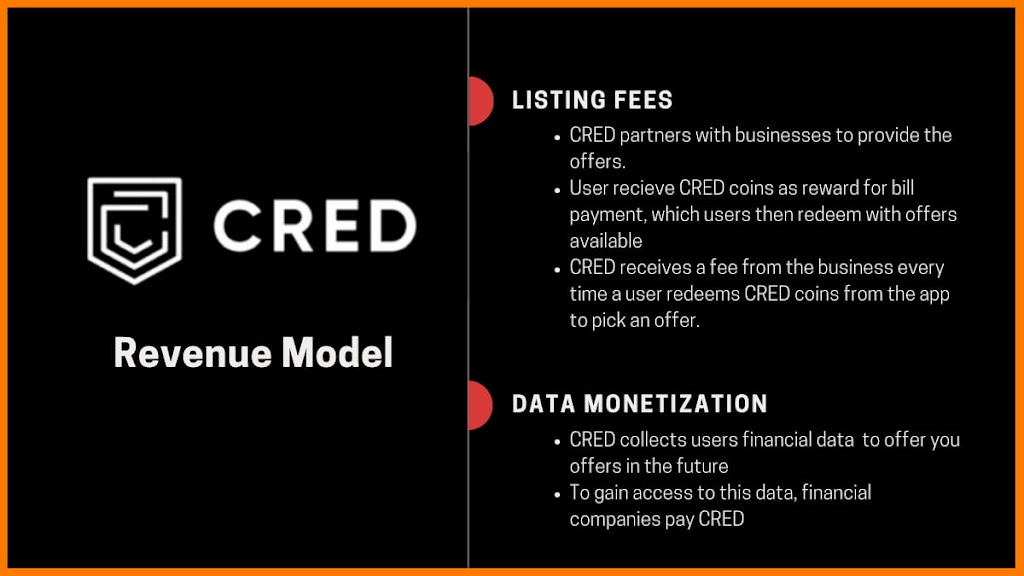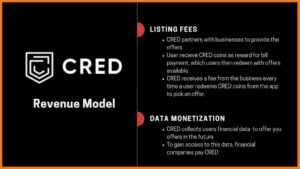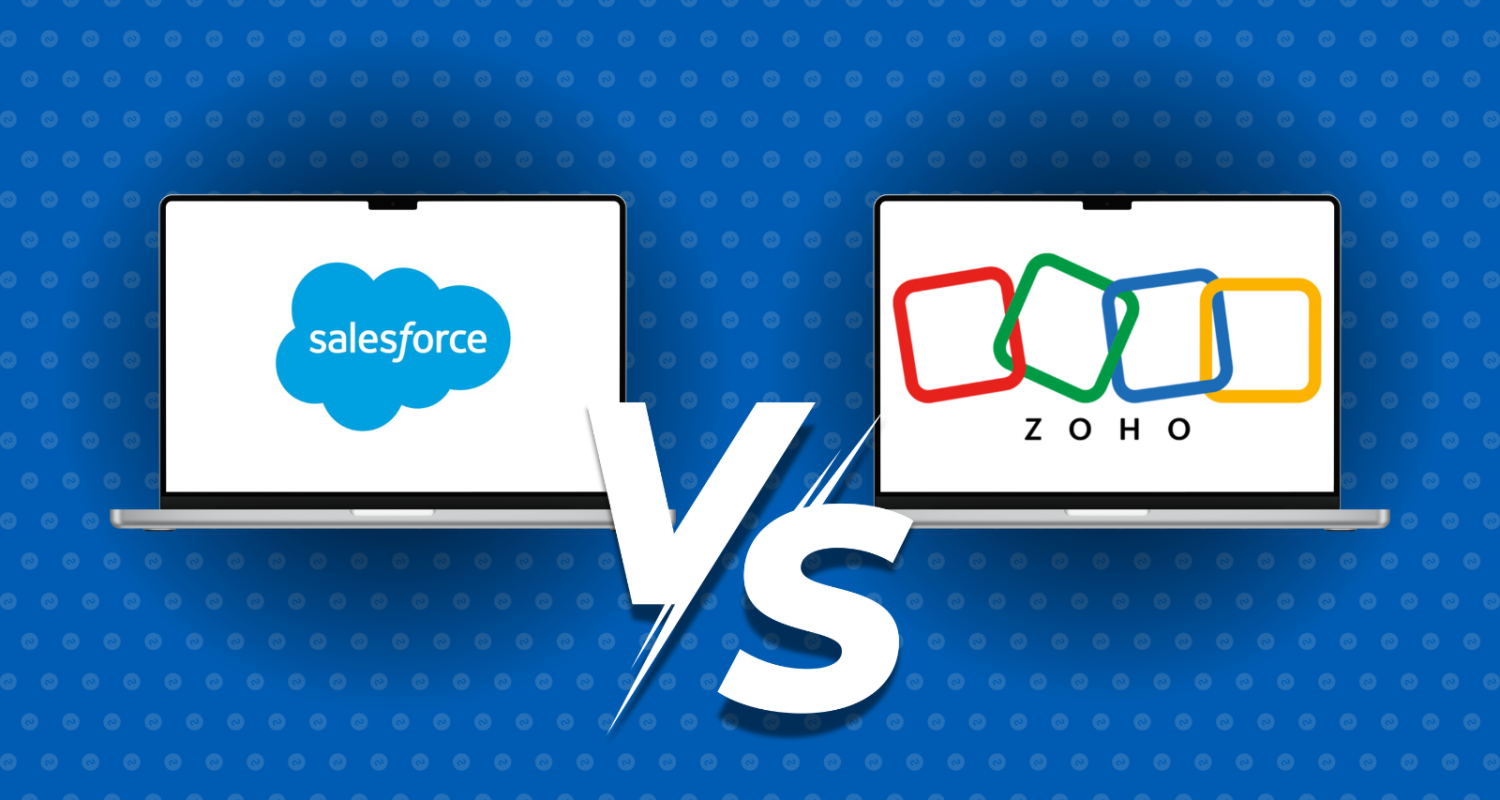Introduction
CRED has made a name for itself as a revolutionary platform that rewards credit card users for their responsible payment habits. By focusing on a niche audience with a high credit score, CRED has created an exclusive membership-based ecosystem that appeals to affluent individuals seeking rewards and recognition for their financial discipline. In the competitive world of fintech, CRED stands out by combining financial responsibility with luxury rewards, making it one of the most talked-about startups in India.
With CRED’s innovative approach, it’s natural to wonder how the platform sustains itself financially. How does CRED profit while offering valuable rewards to users? This article delves into the CRED business model, exploring its unique revenue streams, financial strategies, challenges, and the future outlook for this disruptive platform.
1. What is CRED?
CRED is a members-only platform that incentivizes credit card users to pay their bills on time by offering rewards. To join CRED, users must have a high credit score, typically above 750. This exclusivity helps CRED build a community of financially disciplined individuals, aligning with its mission to promote responsible credit usage. Founded by Kunal Shah in 2018, CRED has rapidly become popular among urban, affluent users who value the perks associated with timely bill payments.
CRED’s appeal lies in its seamless user experience, the array of rewards it offers, and the sense of belonging it creates for its members.
2. How Does CRED Work?
The journey on CRED begins with user registration and credit score verification. CRED prioritizes users with high credit scores to ensure that its platform is comprised of financially responsible individuals, which adds to the appeal for brands looking to target a high-credit audience.
Once registered, users link their credit cards and begin paying bills through the CRED app. For each payment made, they earn CRED Coins, which can be redeemed for offers, discounts, and products from partnered brands. The app has gamified this process by allowing users to earn more rewards based on their engagement, fostering a culture of timely credit payments.
The user experience on CRED is smooth and engaging, with rewards ranging from exclusive brand offers to curated experiences, appealing to users who value premium services and products.
3. The Core Business Model of CRED
CRED’s business model hinges on creating a value-added experience for both users and brands. By focusing on financially responsible individuals, CRED attracts premium brands that are eager to reach this high-value customer base. Here’s a closer look at CRED’s main revenue channels:
A Unique Approach to User Acquisition
CRED’s membership model makes it exclusive, and by requiring a credit score of 750 or higher, it filters for a desirable, financially reliable audience. This exclusivity not only attracts users but also brands looking to tap into a premium market segment. By gamifying bill payments, CRED has made an otherwise mundane task appealing, increasing user retention and engagement.
Revenue Streams
-
Affiliate Revenue: CRED partners with a wide range of brands to offer exclusive deals and discounts. Brands pay CRED to get featured within the app, effectively using CRED’s platform as an affiliate marketing channel. By showcasing luxury brands and premium products, CRED appeals to its high-credit user base while earning revenue through brand partnerships.
-
Loan Referral Fees: CRED has ventured into financial services by collaborating with banks and financial institutions to offer personal loans to its users. For each successful loan conversion, CRED earns a referral fee, creating a lucrative revenue stream without directly engaging in lending.
-
In-app Advertisements: CRED has become a valuable platform for in-app advertisements. Partner brands benefit from placing ads within the app to a targeted audience, and CRED monetizes these placements by charging premium rates, further enhancing its revenue.
Value Addition to Brands
By creating a community of high-credit, reliable individuals, CRED offers brands a valuable opportunity to reach potential customers who are more likely to engage with premium products and services. This targeted approach benefits both CRED and its brand partners, making the business model profitable.
4. CRED’s Financial Strategies
CRED’s financial strategy revolves around offering valuable rewards to maintain user loyalty while ensuring profitability through its revenue channels. Here are some of the ways CRED has structured its financial approach:
- Cashback Offers and Discounts: To keep users engaged, CRED offers a range of cashbacks and discounts on credit card payments. These incentives keep users returning to the platform, maintaining high engagement rates.
- Strategic Partnerships: CRED has collaborated with numerous retail brands and financial institutions to expand its range of offerings. For instance, CRED partners with brands like Myntra, Swiggy, and Amazon, allowing users to redeem points for discounts or vouchers. Additionally, partnering with financial institutions enhances the credibility of CRED’s platform while providing new revenue opportunities.
- Focus on High Lifetime Value (LTV): By targeting individuals with a high credit score, CRED attracts users with higher lifetime value. This focus on LTV allows CRED to allocate resources to maintain user satisfaction and retention, which translates to long-term profitability.
5. Challenges in CRED’s Business Model
Despite its success, CRED faces several challenges that could impact its sustainability in the long run.
-
Sustainability Concerns: Offering cashback and rewards as part of its user acquisition strategy requires substantial capital. Maintaining a balance between rewards and revenue generation is a challenge, especially if user growth outpaces monetization strategies.
-
Monetizing a Niche User Base: CRED’s model relies on a selective user base with a high credit score. While this approach attracts premium brands, it also limits CRED’s market size. Expanding without diluting the brand’s exclusivity will require careful strategic planning.
-
Competition from Banks and Fintech Startups: Traditional banks and new fintech companies are increasingly offering loyalty programs and rewards for credit card users. To stay competitive, CRED must constantly innovate and differentiate itself from the growing competition.
6. Future of the CRED Business Model
The future of CRED holds exciting possibilities as it explores new products and expansion opportunities. Here’s what the road ahead might look like for CRED:
-
Expansion to International Markets: CRED has a scalable business model that could be expanded to other countries, especially those with growing credit card usage. By adapting to local markets, CRED could replicate its success beyond India.
-
New Financial Products: With its reputation and user base, CRED could venture into other areas of fintech, such as investment options, insurance products, or even credit score improvement services, creating additional revenue channels.
-
Data-Driven Insights: By leveraging user data, CRED can provide personalized financial recommendations, creating a unique value proposition. This approach could transform CRED into a one-stop financial advisory platform for its users.
-
Potential Regulatory Challenges: As a fintech company, CRED must navigate evolving regulatory landscapes, especially as it expands its financial services offerings. Regulatory changes could impact CRED’s operations, so staying compliant will be crucial for sustainable growth.
7. How CRED Creates Value for Users and Brands
CRED’s success lies in the value it brings to both users and brands. For users, CRED promotes financial responsibility by rewarding timely credit payments, transforming a routine task into an engaging experience. The platform also introduces users to a range of premium products and services, catering to those with a taste for luxury and exclusivity.
For brands, CRED offers access to a desirable demographic: individuals with high credit scores who are likely to engage with premium offerings. By connecting brands to a targeted audience, CRED becomes an effective marketing channel, strengthening its appeal in the competitive fintech landscape.
Conclusion
CRED’s innovative business model has disrupted the traditional fintech landscape by creating a platform that combines exclusivity, rewards, and financial responsibility. With its unique approach to user acquisition and diverse revenue streams, CRED has set itself apart as a standout player in the industry. As CRED continues to grow and expand, its focus on user engagement, partnerships, and financial products will likely shape its future.
The CRED business model is an example of how fintech companies can blend trust, exclusivity, and rewards to create value for both users and brands. With the potential to reshape digital payments and credit usage, CRED’s future impact on the financial industry is one to watch.












